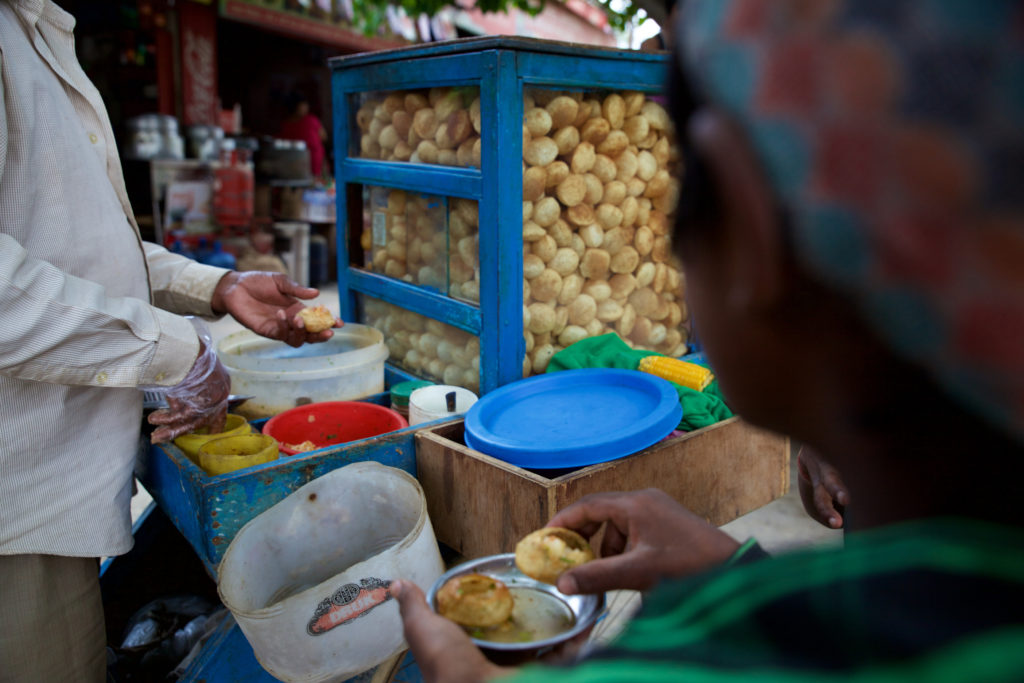Water contaminated by feces is one of the primary modes of transmission of typhoid and paratyphoid. People become infected after eating food or drinking beverages that have been washed or prepared with contaminated water, eating or drinking foods or beverages that have been handled by a person who is infected with typhoid, or by drinking water that has been contaminated by sewage containing the bacteria.
Improved water, sanitation and hygiene (WASH) have the potential to dramatically reduce the number of typhoid infections globally by inhibiting disease transmission. However, these systems are scarce in the developing world, leaving approximately one billion people without access to clean, safe drinking water, and 2.5 billion without proper sanitation.
The development of proper water and sanitation infrastructure will help prevent typhoid in the long-term, however the significant capital investments required to develop WASH infrastructure are out reach for most developing countries. Surveillance and monitoring of waterborne disease outbreaks, such as typhoid, can highlight disease burden and help stimulate investment in water and sanitation systems for vulnerable communities.
Read more about the connection of WASH and typhoid with our current publications.



